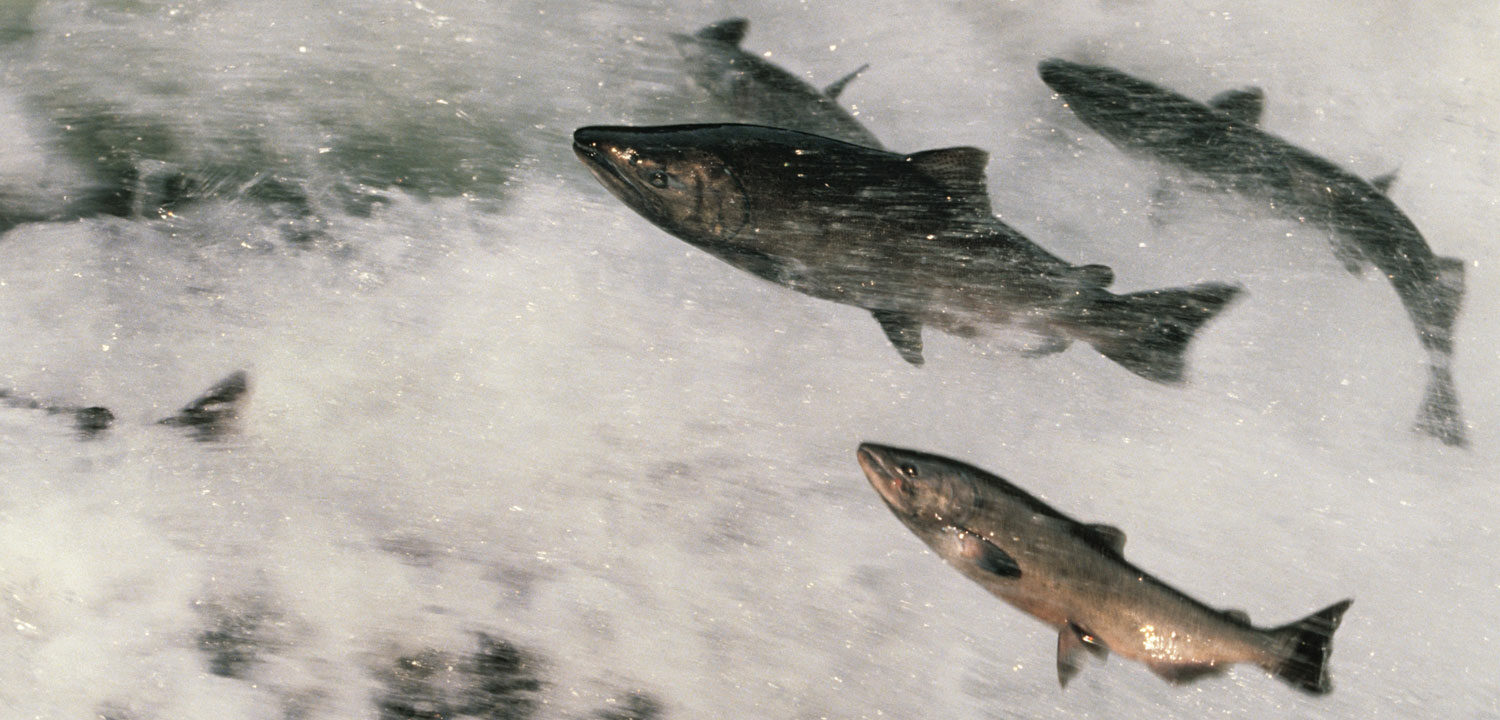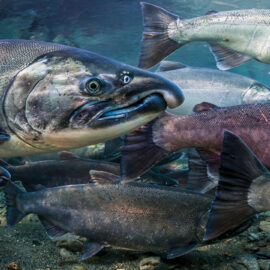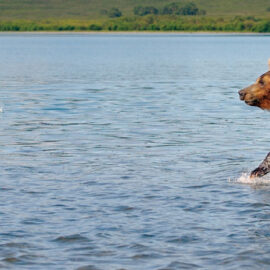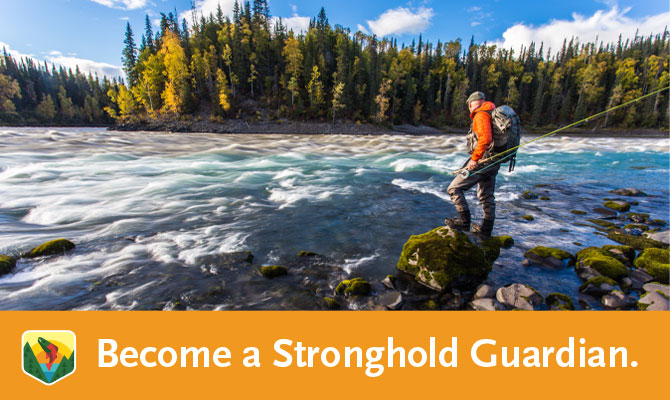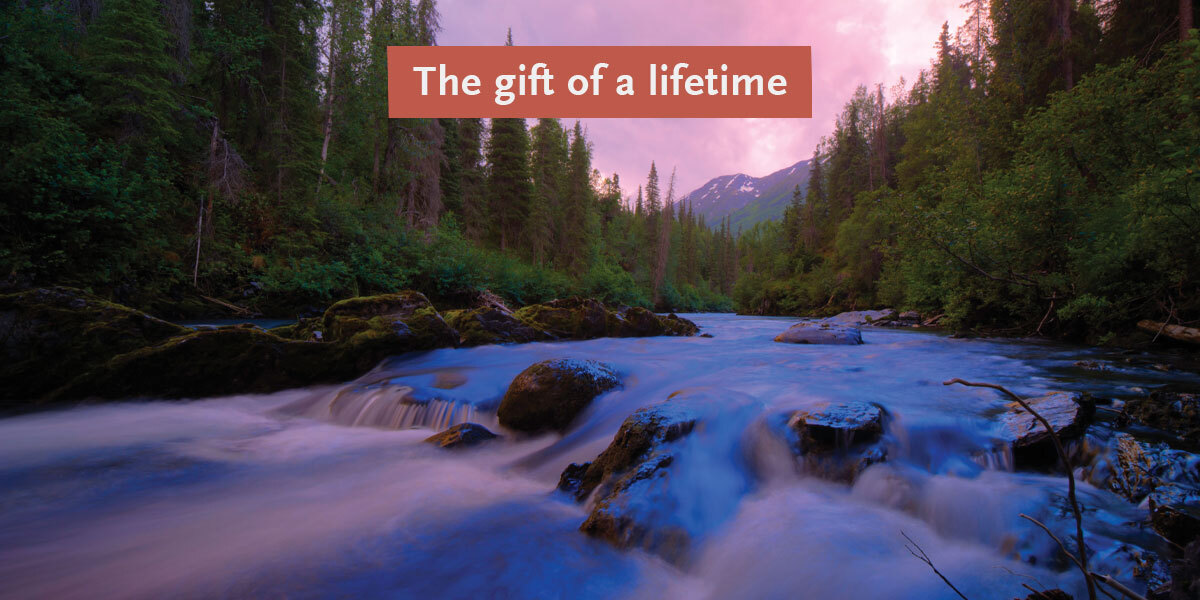As wild Chinook return in low numbers, river habitat protection will be one key to keeping populations healthy.
Low wild Chinook salmon runs up and down the West Coast are once again forcing fishing closures and restrictions, from Western Alaska down to Oregon. Some premier sockeye runs are also down – with Alaska’s famous Copper River sockeye run at its lowest point in 50 years.
The low returns are being attributed to poor ocean conditions between 2013 and 2016, when the notorious “warm blob” sat off the West Coast. This abnormally warm slab of surface water upended the food chain and lead to low survival rates among young salmon entering the ocean. An El Nino warming event also hit in 2016
Sport fishing for Chinook has been closed on the popular Kenai Peninsula in Alaska this year. Fishermen are also facing restrictions on the Skeena River in British Columbia, as well as on the Columbia River.
The good news is that ocean temperatures appeared to cool off this winter and spring.
The bad news is that ripple effects from those warm years could continue, as juveniles that entered the Pacific in those years continue to return as adults. And with global temperatures continuing to climb and the climate continuing to shift, we may also be facing more warm ocean years ahead: another El Nino is shaping up for 2019.
What can we do?
In the long term, we will need to solve global warming.
In the short term, one of the best things we can do is protect salmon habitat and clean water on land.
“Habitat on land is one of the only things we can keep constant for wild salmon during uncertain ocean conditions and changing weather patterns,” said Sara LaBorde, executive vice president at Wild Salmon Center. “We can give them access cold water reaches, refuges off main river channels to hide out from floods, and intact spawning grounds. These things are what help keep populations sustainable when there is low ocean survival. And that’s why we need to protect stronghold river systems up and down the West Coast. We’ll also need to keep harvest levels in check and ensure that hatchery releases don’t impact wild fish survival,”
In Alaska and northern British Columbia, on the Oregon and Washington Coasts, our proactive efforts to protect important wild salmon strongholds become more important than ever.
“We can’t easily solve lower ocean productivity. But we can help these wild fish on land and build the local support and organizations up and down the coast to protect habitat,” LaBorde says.
